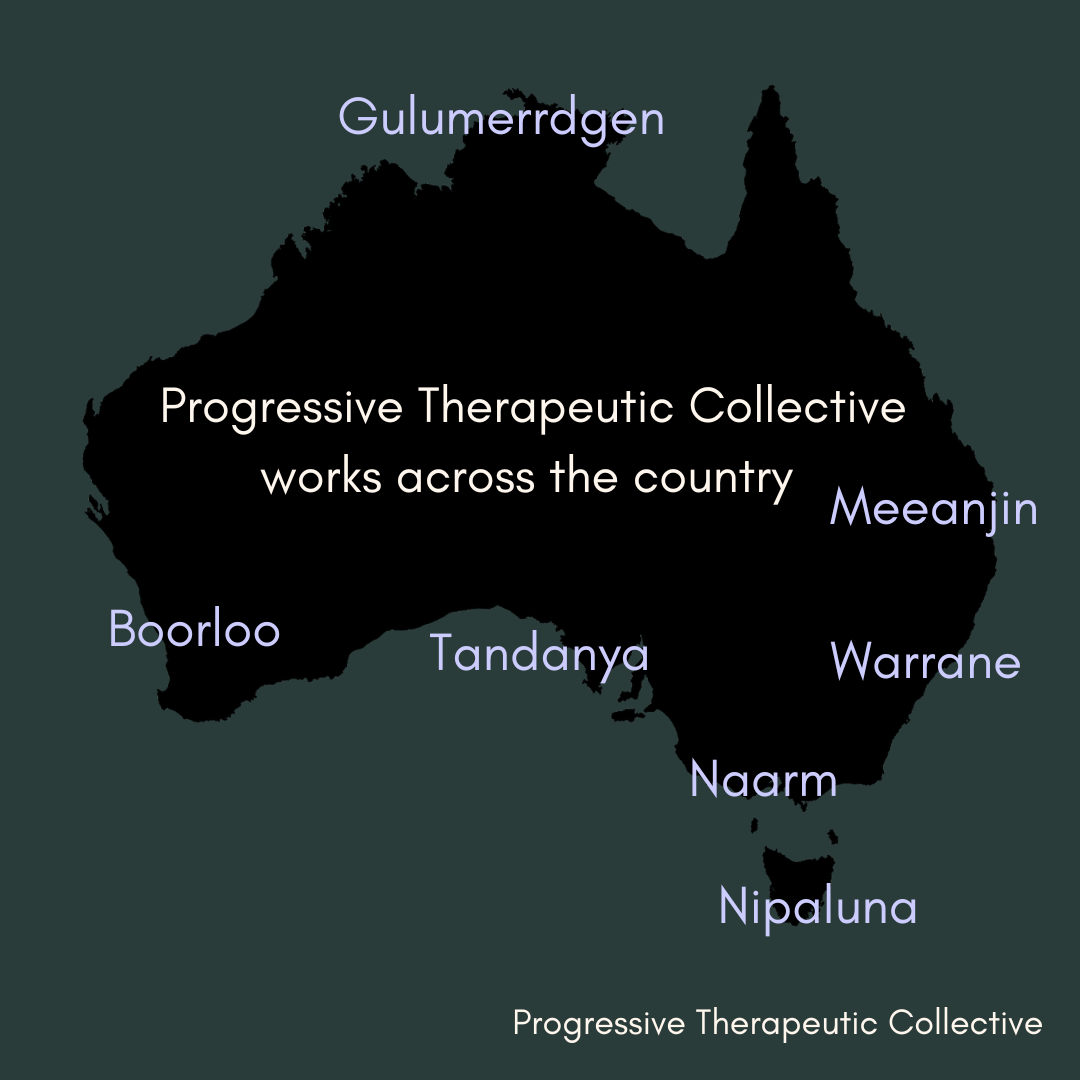Different models of consent in kink
Risk management in the world of kink has evolved over time, with various approaches being developed to ensure that those engaged in kink prioritise safety, consent, and awareness.
A common model currently used in the Risk Aware Consensual Kink (R.A.C.K) framework. However, there have been a range of different models used over time, which we explore briefly below:
Safe, Sane and Consensual (SSC)
In the 1980s, the BDSM community first adopted the Safe, Sane, and Consensual (S.S.C.) risk management framework to dispel the stigma surrounding their activities. By emphasizing safety, rationality, and consent, S.S.C. aimed to communicate that BDSM practices were neither dangerous nor irrational. Although the framework is still widely used today, critics argue that it perpetuates the notion that certain kinks are "unsafe" or "insane."
Personal Responsibility, Informed Consensual Kink (PRICK)
In response to these critiques, the early 2000s saw the emergence of Personal Responsibility, Informed Consensual Kink (P.R.I.C.K.). This alternative framework underscored the importance of personal responsibility and informed consent, addressing the subjectivity of terms such as "safe" and "sane" as well as the responsibilities of all parties involved in BDSM activities.
Committed, Consensual and Caring (CCC)
The 2010s brought another alternative, Committed, Consensual, and Caring (C.C.C.), which highlighted the significance of commitment, consent, and emotional care in kink relationships. While the framework has garnered its fair share of supporters, critics argue that it fails to adequately address the risks inherent in BDSM practices.
Fully, Directly and Informed (FDI)
In the late 2010s, Fully, Directly, and Informed (F.D.I.) emerged as a risk management framework that built on the foundations of R.A.C.K. and P.R.I.C.K. By emphasizing that all parties should be fully informed, directly communicating their desires and boundaries, and making informed decisions, F.D.I. aimed to address some of the limitations of its predecessors. However, it has yet to gain the same widespread recognition or use as the other frameworks.
The evolution of risk management frameworks in the kink community reflects the ongoing dialogue about safety, consent, and responsibility. As individuals adopt one or a combination of these frameworks based on their personal preferences and values, the ultimate goal remains constant: fostering a culture of consent, communication, and risk awareness within the world of kink.

